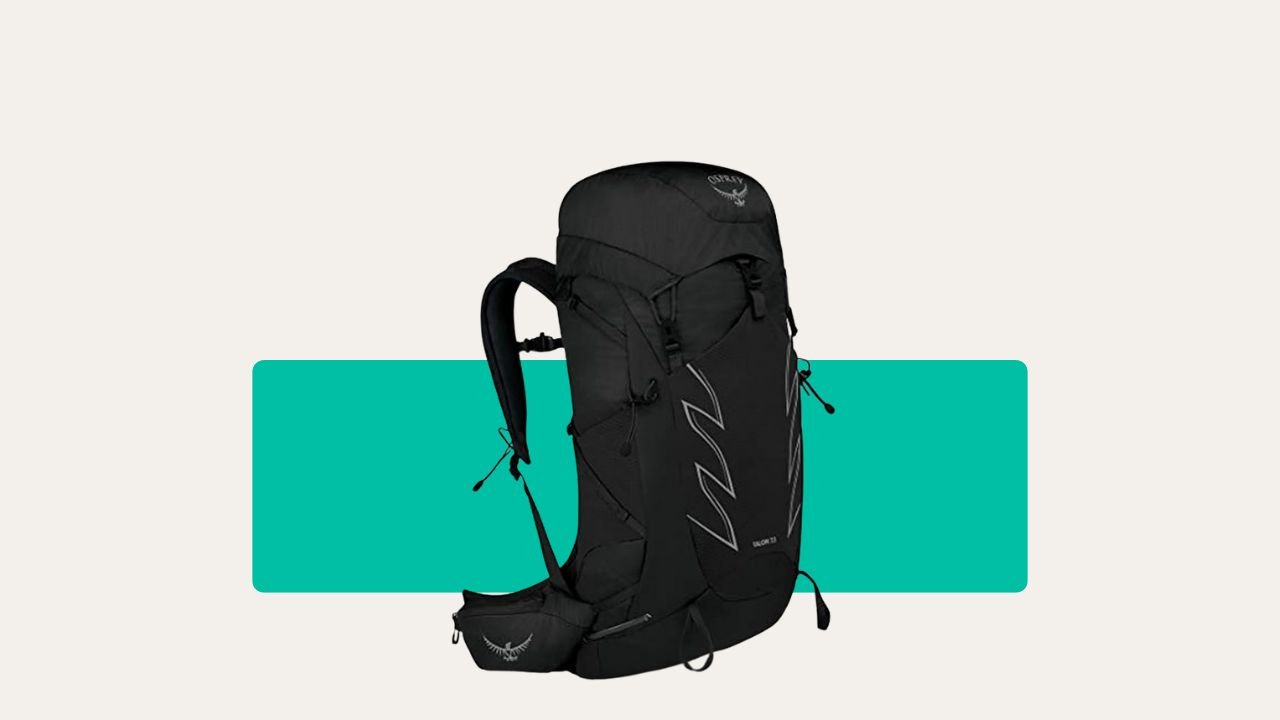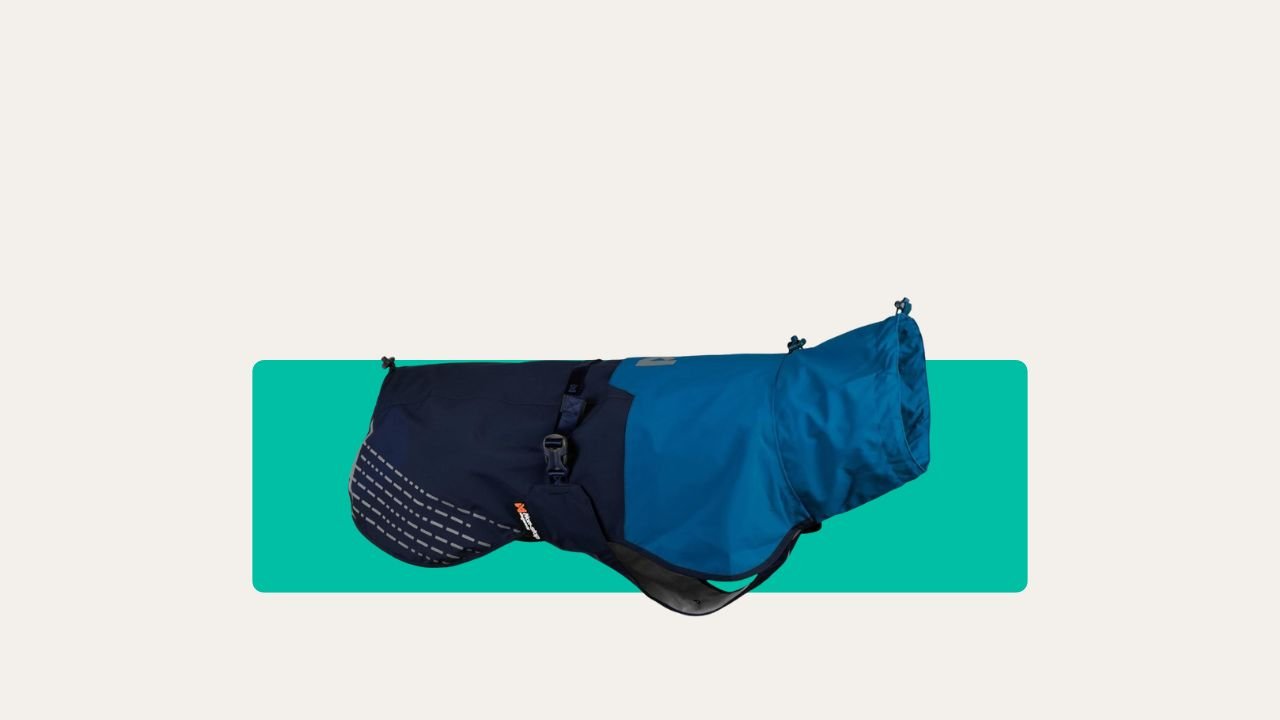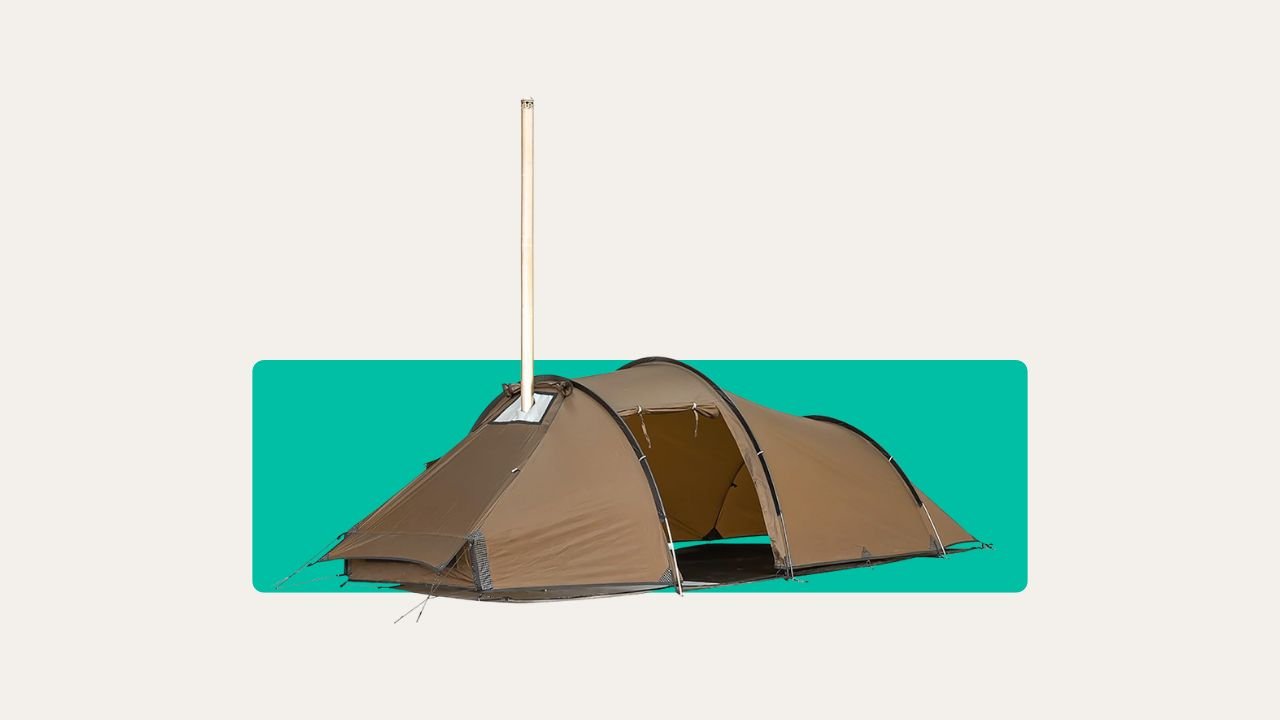Don’t be fooled—bigger doesn’t always mean better when it comes to tents. I learnt that the hard way in Devon, when our “palace” tent took three of us an hour to pitch and collapsed at midnight in a breeze that barely wobbled our neighbour’s little dome. Trust me: the tent you pick shapes your entire trip.
Why the Right Tent Choice Matters
Most people just grab a tent and hope for the best. But your tent is your whole world at camp—your bedroom, your bunker, sometimes even your drying room or midge sanctuary.
The wrong tent means wet kit, sleepless nights, and a rush to decamp when the weather turns. The right tent keeps you dry, warm, and sane on even the grimmest UK weekend.
What Types of Tents Are Out There?
Walk through any campsite and you’ll spot a wild variety: compact domes, tunnel tents, enormous cabin models, and those pop-up numbers you see mostly at music festivals (or blowing across the field at dawn). Knowing what’s on offer, and who each design suits, is half the battle.
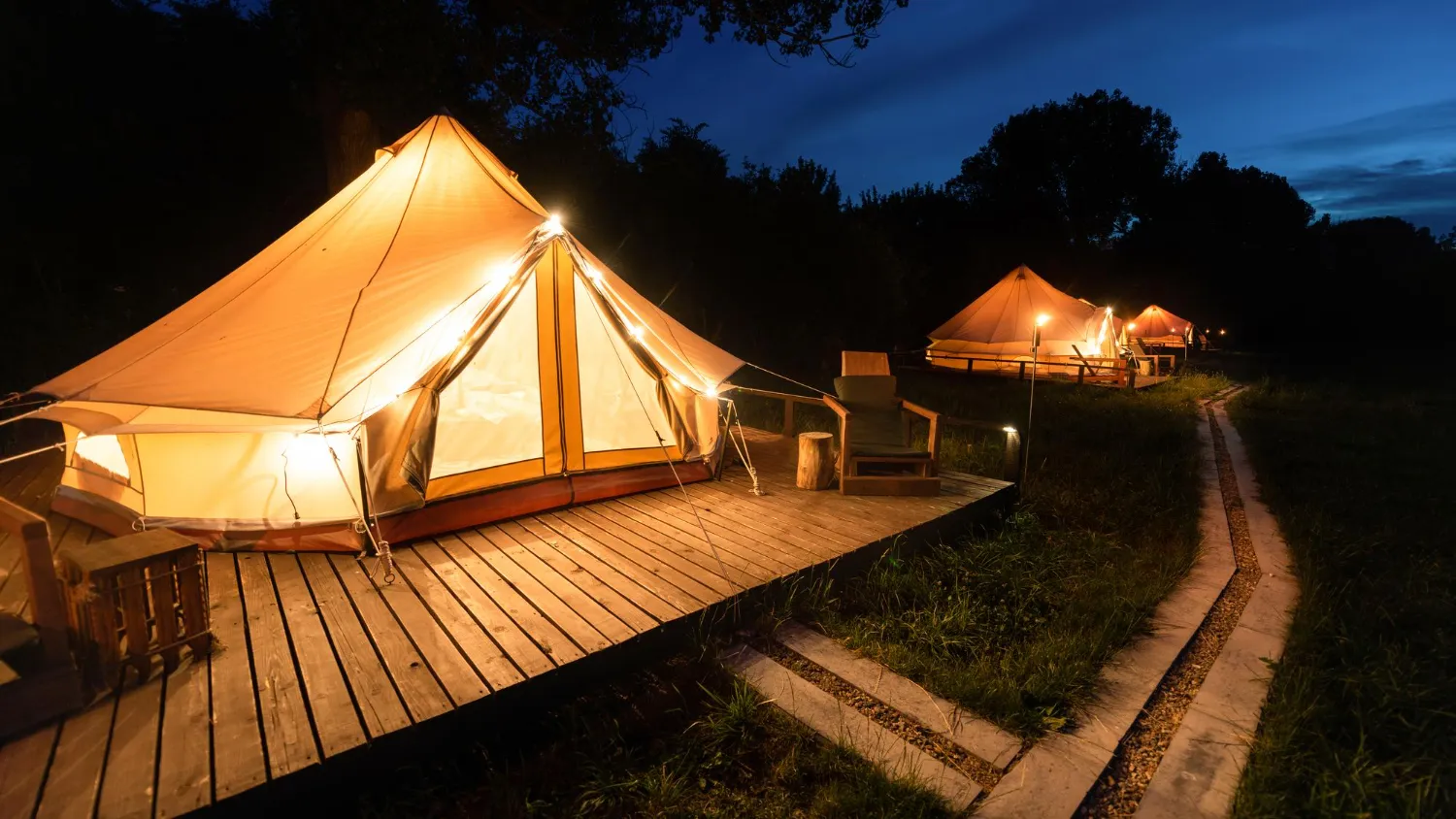
Let’s break it down so you know exactly what’s best for your next adventure.
Dome Tents: Reliable and Quick to Pitch
Dome tents are probably what most people picture when they hear “tent.” Their criss-cross pole design makes them self-supporting. You can even pick them up and move them fully pitched if you select the right size.
They’ll shrug off wind and rain better than most shapes, and their rounded tops help stop water pooling. The main catch: sloping walls mean you lose usable space toward the sides. If you want to squeeze three big blokes and your kit, go up a size. Most domes are ideal for two to four campers.
I once rode out a classic Lake District downpour in a two-man dome and woke with only soggy boots—not bad, considering my mate’s bargain tent next door had become an indoor pond.
Great for beginners, couples, or anyone wanting simple, fuss-free shelter. Not a palace, but rarely a let-down.
A-Frame Tents: Old School Strength
The classic triangle tent—think Scout camp or cartoons. A-frame tents, or ridge tents, have an iconic “A” shape supported by a cross pole at each end and sometimes one in the middle.
They’re a bit old-fashioned now but don’t let that fool you. Modern fabrics and poles mean you can find lightweight versions, but most are still heavier and bulkier than dome or tunnel tents. The big draw? They’re sturdy in wind and shed rain well—there’s a reason mountain guides used them for decades.
Downsides are limited headroom and a bit more faff with setup. But if you camp somewhere breezy or exposed, or want maximum durability, they’re worth a look. I once weathered a Baltic Northumberland night in an old canvas ridge tent—cold, but not a drop of water crept in.
Cabin Tents: Home Comforts at Camp
Cabin tents are the closest thing you’ll get to a living room in a field. High, near-vertical walls give you headroom to stand and breathe, even do some awkward tent yoga if you’re that way inclined. Brilliant for families or friends who want space to lounge, play cards, or keep kids entertained when it tips it down (which, let’s face it, is most school holidays).
The catch: they’re heavy, bulky, and a right handful to haul if you’re walking any distance. Only consider a cabin tent if you have space in the car and don’t mind a longer setup. Perfect for static campsites or glamping weekends.
Tunnel Tents: Big Space, Easy Pitching
Tunnel tents use poles to make a long, arching structure, almost like a big caterpillar lying on the grass. This shape gives you better space at the sides and bigger internal rooms—some even fit real beds.
They’re quicker to set up than you think. Just slide the poles in, peg it out, and sort the guy lines. Watch out, though: tunnel tents need to be pegged out well or they’ll catch the wind and fold in on you. The upshot is a huge living area and often a big covered porch to stash muddy boots or cook out of the rain.
Great choice for family getaways or midsize groups who value comfort over ultimate portability.
Multi-Room Tents: Privacy, Storage, or a Bit of Peace and Quiet
Camping with kids? Friends who snore? Or just want to avoid awkward midnight sock-hunting dramas? Multi-room tents are basically several sleeping areas joined like a mini-flat, usually divided by zipped or toggled walls.
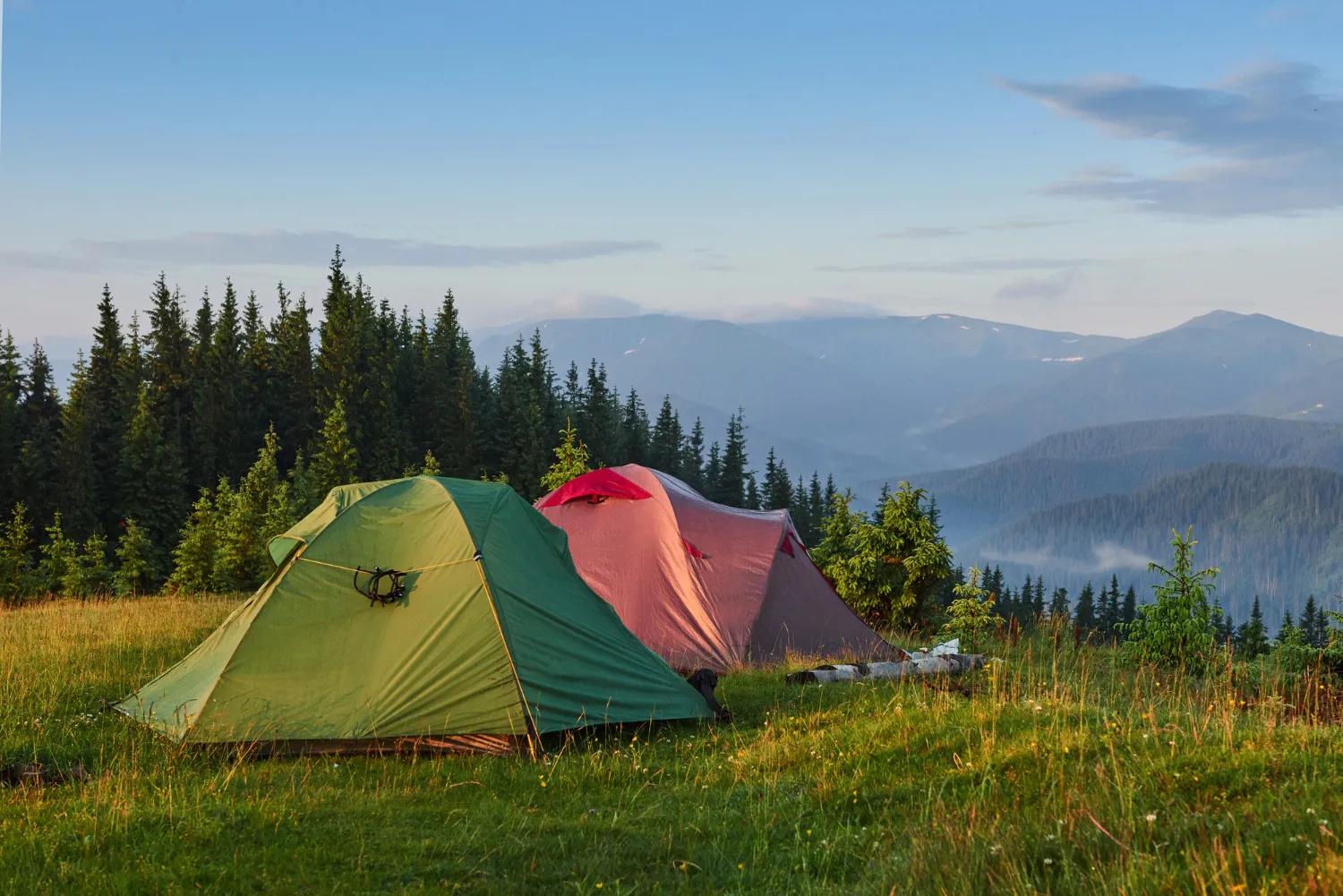
You can give each person (or couple) their own pod, and still have a shared living space for rainy evenings. These tents are bigger, heavier, and more fiddly to pitch, but they’re a lifesaver for privacy and gear organisation.
Great for family trips, DofE expeditions, or any group needing a bit of space from each other.
Instant & Pop-Up Tents: Fast Shelter, Zero Fuss
You’ve seen the videos: grab a flat disc, let it go, and—whoosh—the tent is up in seconds. Instant and pop-up tents are brilliant for festivals or quick overnighters when you really don’t fancy wrestling poles in the dark.
But don’t expect them to laugh at a proper Gale. Most pop-up tents aren’t built for nasty weather. They’re best on calm summer nights or sheltered sites, and packing them away is never quite as simple as the pitching. I’ve spent longer folding one than a three-pole dome.
Definitely worth having if speed is your priority, but check the forecast.
Other Specialist Tent Types for Special Missions
Bivouac tents: Tiny, coffin-sized shelters for one. Great if you’re wild camping on a summit, but claustrophobic for most. I used one wild camping in the Peak District once and was up at sunrise—mostly because I was dying for fresh air.
Bell tents: Big, round, canvas wonders. Outstanding for glamping or a family party. Heavy and pricey, but cosy and charming. You can even run a woodburner in some (just check local rules!).
Hot tents: These are tough canvas or polycotton tents with a stovepipe hole for a burner. Brilliant for winter camping—but only if you know what you’re doing.
Geodesic dome tents: Extra poles make these domes almost bombproof. Mountaineers swear by them. Ideal for wild, exposed pitches, or northern Scotland in late autumn.
How to Pick the Right Tent for Your Trip
Think hard about your needs, not what looks cool on Instagram. Ask yourself: how many people are coming? Will you have to carry your kit far? Are you likely to see biblical rain or wind? If so, upgrade to something sturdy.
For a couple, a 2-3 person dome gives decent space. For a family, look at a tunnel, cabin, or multi-room option. Wild camping? Go as light and small as you dare, but don’t scrimp on waterproofing.
If you’ll be up on Dartmoor or the Scottish coast, don’t cheap out—it’s wild out there. For a mellow weekend in the New Forest with the family, comfort is king.
Tent Tech and Materials: What Actually Matters?
Most tents these days are polyester or nylon. Polyester is the most common—tough, fast-drying, and pretty cheap. Nylon is lighter for backpacking, but can sag in wet weather. Old-school cotton canvas is the best for breathability and warmth, but weighs a ton (think bell tents at glamping sites).
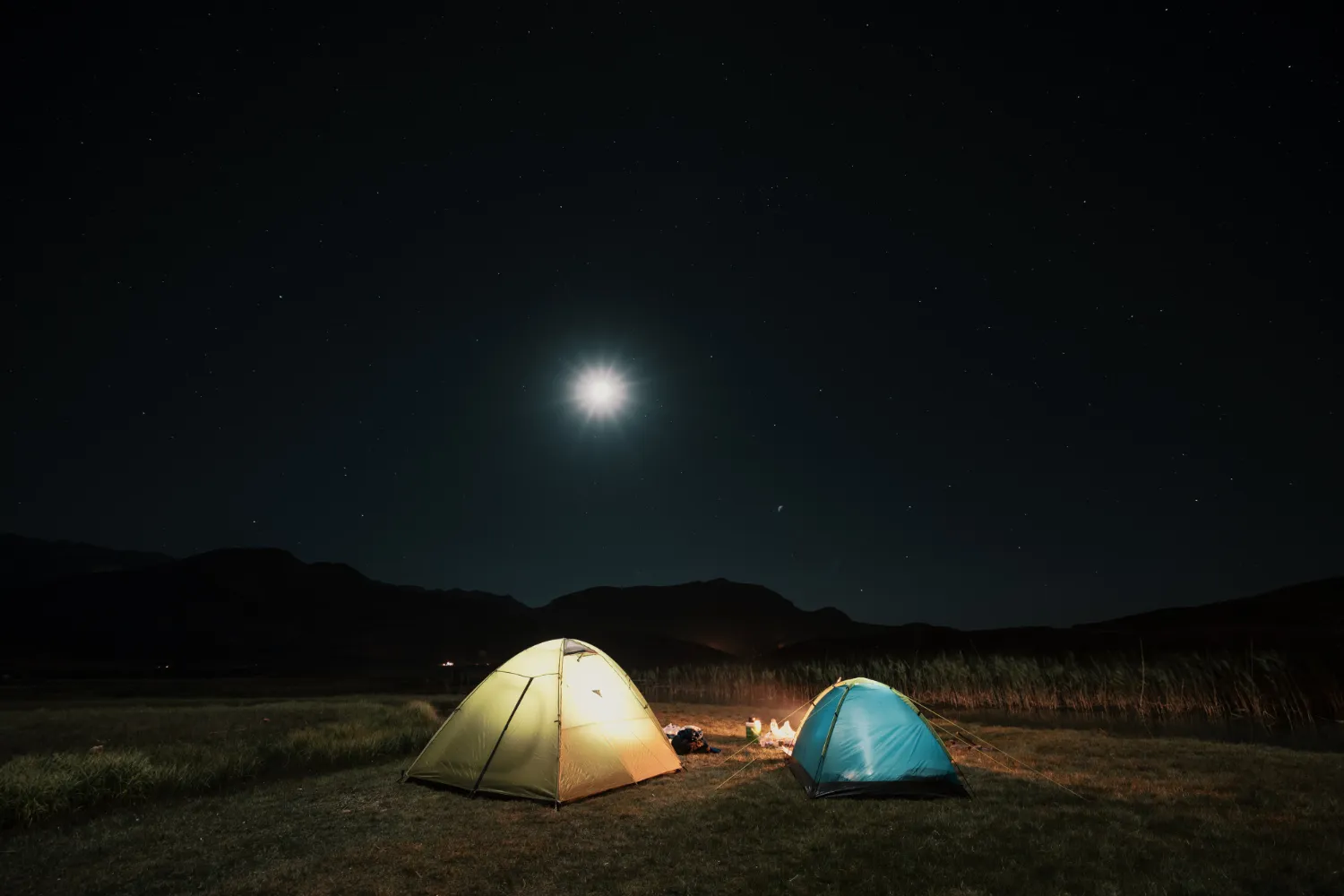
Poles matter too. Aluminium is lighter and stronger than fibreglass. Some big tents use inflatable beams—quicker to pitch, but you’ll want a repair kit handy.
Waterproofing is measured in “hydrostatic head”—look for at least 3000mm for UK use. Pay attention to seams—taped or welded ones leak less. Sewn-in groundsheets keep mud and bugs out but can trap condensation; zipped-in floors are drier in the worst storms.
Zips, mesh panels (for midges!), and tough pegs can make or break a night. Always check for gear pockets; you can never have too many.
Key Factors in Choosing Your Tent
Let’s make it easy. Here’s what to watch for every time:
Capacity: Don’t trust label claims. A “three-person” tent fits two and your bags, max. Size up for comfort.
Season rating: Three-season tents are fine most of the year; four-season tents are overkill unless you camp in snow.
Packed size: Will it fit in your boot or on your back?
Weight: If you’re walking, check total grams, not just the optimistic “flysheet only” figure.
Setup: Simple is best for beginners. Practice at home—nothing worse than a row over lost instructions in the rain.
Weather: Go stronger in winter or windy spots. Don’t bring a pop-up to the Scottish Highlands in autumn!
Practical Tips for Buying (and Using) a Tent
I’ve learnt every lesson the hard way—don’t make my mistakes:
- Always test-pitch your tent at home before heading out. You’ll spot missing bits, rips, and realise if you need a mallet.
- Go camping somewhere close first, before you try wild or remote adventures.
Book bigger “group pitches” if you’re going with a crowd—campsites fill fast, and you’ll appreciate the space. - Insect mesh is vital in summer (ask anyone eaten by midges in Scotland).
- Check the tent will fit your chosen campsite—some forest or glen pitches are smaller than you think.
Splurge on good pegs. The free ones are nearly always useless on hard or rocky ground.
Final Thoughts: Buy Smart, Camp Happy
Picking your tent isn’t just about price or colour. Think about your trips—the weather, your group, how far you’ll carry it, and what makes you comfortable when the rain is hammering down. The right shelter means you’ll actually want to go camping again.
Got your tent sorted and want the rest of your kit in order? Check out our other camping gear guides so nothing gets left behind—or ruined by a British storm.
After all, you want to come home with stories, not just wet socks. See you out there.


